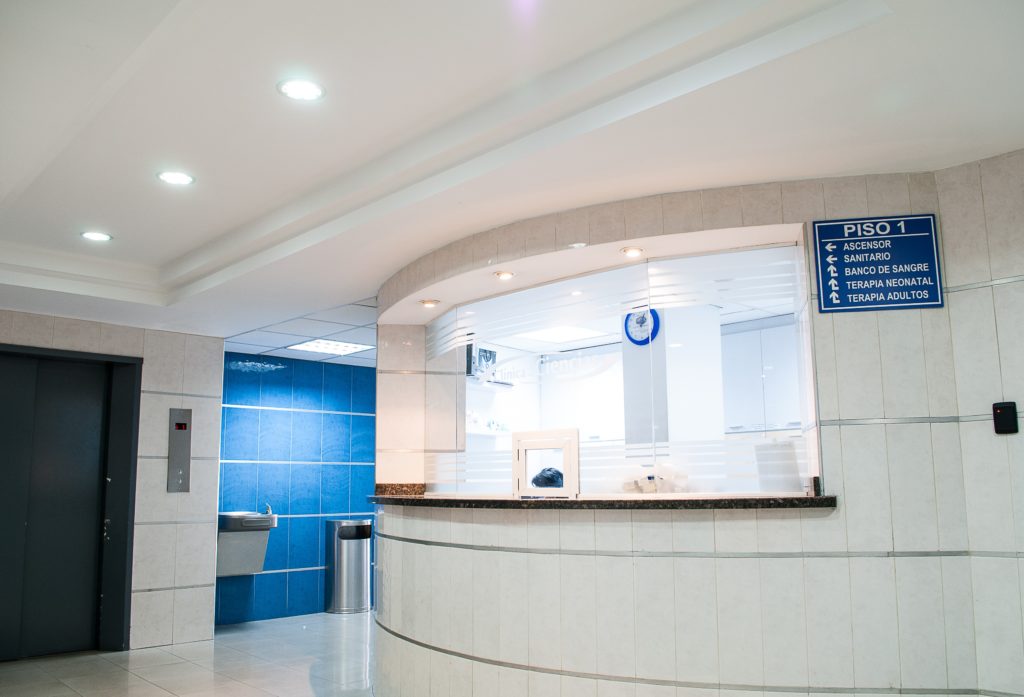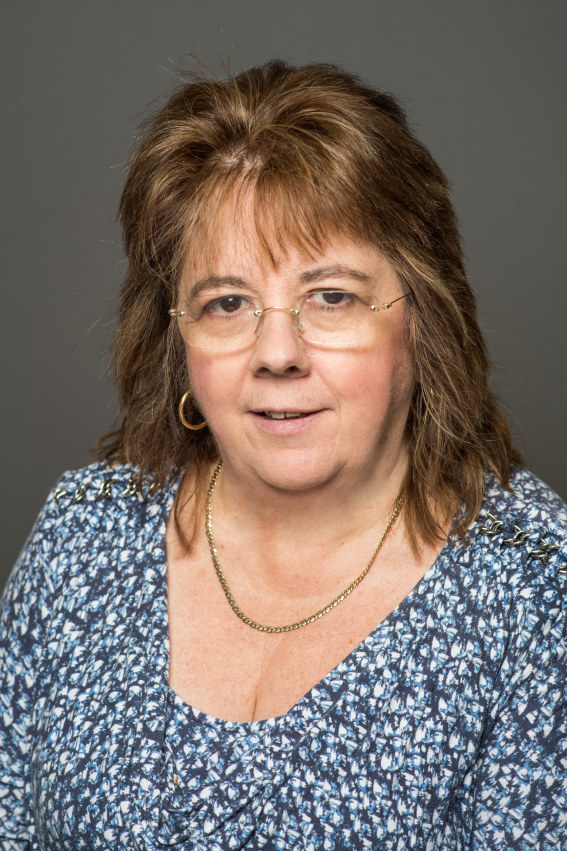By Caroline Mathie, Rare Disease Group
Caroline Mathie discusses some of the challenges in researching rare diseases, what the broader market can learn from observing these approaches, and the role of online research in particular.
Earlier this year, England’s chief medical officer called for the ‘genomic dream’ of genome sequencing for all cancer and rare disease patients. Accelerated use of genome sequencing is allowing the identification of ever rarer diseases – a recent case in point being six children who were identified through an international database of genes and disease characteristics as having the same ASXL2 gene mutation. This answers two fundamental needs experienced by those with rare diseases; (1) knowing the cause of their problem and (2) the ability to share their experiences with others with the same condition. It also presents the industry with an opportunity to address the root cause of the disease through targeted therapies.
Background
By March 2017, 49.7% of the world’s population had access to the internet (88% in North America and 77% in Europe) – figures that are growing rapidly. Unsurprisingly, this access is a valuable tool for researching rare diseases. In Germany alone, the Journal of Medical Internet Research (January 2017) identified 693 websites containing information on rare diseases, many of them provided by support groups/patient organisations and showed that these are extremely valuable sources of information for patients and their families.
A high proportion of internet users engage with social media, including Facebook and Twitter, and there are many social media support groups for a wide range of rare and ultra-rare medical conditions. As genome-wide analyses, such as exome or wholegenome sequencing, become more commonplace, it is likely that the number of patient groups for rare diseases on social media will increase substantially.

Patient isolation:
Problem and opportunity
Having a rare disease can feel lonely, and rare disease patients are already fighting their isolation through social media, and by linking to others with the same condition. However, internet access also offers new opportunities in terms of specialist consultation, and patient education.
As new diseases are identified, ever more patients are forced to travel long distances for lengthy periods of time to specialised treatment centres. Each new disease may require a multi-disciplinary team, sparking the need for information and education for patients, carers and often other treating healthcare professionals (HCPs).
The use of the internet, to share information and for discussion, has become critical to both reduce the burden on health services and give patients the information they want at the time they want or need it. Forward-looking specialists are now looking at technological advances to enable at least some consultations with patients via video conferencing. However, though they may relieve logistical and time burdens for patients, fears have been expressed that they may be clinically risky and associated with significant technical, logistical and regulatory challenges.

Forums:
Opportunity and challenge
Patient forums are having a dramatic effect on the world of market research. They often emerge spontaneously after a small number of patients set up networks or communities to address their needs for information and to share experiences. These types of forums – and other, more established, groups – have been great tools for market researchers to gather information about the experiences of people with rare diseases, as they allow thorough observations of forum conversations. However, the forums may become hidden, as closed or invitation-only groups, if they become unwelcome targets for pharma and the healthcare industry. Thus, what could have been an opportunity for market researchers can turn into a frustrating difficulty.
Another problem with forums is that the industry itself has ethical and compliance concerns regarding too much contact with individual patients.
Nevertheless, the emergence and growth of patient forums suggest that the fabric of the rare disease market research world may have to change from ad hoc recruitment for interviews to a multiprong approach which includes much longer-term community observation.

Some solutions
All is not lost, however. When it comes to using online forums and communities for rare disease market research, we can, for example, set up our own ongoing network or community. To be effective, this requires knowledgeable and effective moderation – continuously – which is costly.
However, it does provide the ability to address recruitment issues with a specific set of patients and, more importantly, facilitates an understanding of the longitudinal journeys of different patients and their families through listening to their views over time. The community also provides the ability to identify common points on the patient journey and the needs they have and the questions they are asking at each, to build a comprehensive picture of homogenous vs diverse or segmented needs.
Less costly, but effective, is to ask to join the specific closed communities as market researchers. Some forums allow this and some do not.
Patients can also be researched using standard approaches online, which, of course, come with the usual online issues. With rare diseases, questions around patient identification are more significant, as is making absolutely sure the patient really is a patient. Guaranteed security and compliance must also be in place. Finally, if clients are given access to listen to communities, specific patient identifiers need to be removed, and if it is a short-term moderated community, any inputs or questions should not reveal the identity of patients.
Market research – a change in approach
As part of the market research industry we need to explore both a change in approach and, potentially, a change in the business relationship we have with our clients if rare disease market research is to be achieved successfully.
We also need to discuss our approach to dealing with duty-of-care issues up front, if we establish a long-term, moderated community.
Clearly there is also a role for traditional research approaches for these isolated patients using the web, such as teleweb interviews and Skype. Visual connection is also helpful to create rapport and reduce the sense of isolation.

In summary
The market research model for rare diseases is changing and to benefit from the richness of data produced by long-term patient communities, we need to think differently, set up relationships differently and consider not only the market research, security and compliance aspects, but also the ethical duty-of-care issues to sustain communities that may become important components of patients’ lives, especially genuine patients’ perspectives. Targeted utilisation of such insights can bring significant competitive advantage. Therefore, pharma companies should embrace social media listening to help them implement further actions appropriately for greater commercial success.
About the author

Caroline Mathie
Caroline leads the Rare Disease Research Group at The Planning Shop. After studying Medical Biochemistry, she spent 14 years at IMS Health, over 10 years as an independent, director level consultant and four years as a director at J & D Associates. Throughout her career, Caroline has had an active interest in orphan diseases and has expertise in a wide range of orphan disease conditions, including various lysosomal storage disorders.
Download the pdf version here.
As the ophthalmology market becomes more competitive and brands seek successful third-to-market positionings, Portia Gordon and Simon Barnes examine whether learnings from a successful ophthalmology brand launch can be applied to other therapy areas and pharmaceutical brands.
First, let’s consider the two general rules of brand building:
1) No problem, no brand
2) One, two, segment.
No problem, no brand
‘No problem, no brand’ means that, unless a new product is solving a problem (rather than just adding a nice-to-have benefit) for its core customer, it will not succeed.
In general, the most motivating solutions exist for problems that are already known. Occasionally a new product can serve a latent need – i.e. offering a solution to a problem that wasn’t already known but is instantly recognisable when a solution is offered. This is what the iPod did in consumer markets.
Customers can also be educated about unknown problems. However, if these are not instantly recognisable, the company promoting the new product will need to have very deep pockets if it is to succeed in the much more difficult task of creating the new market.
One, two, segment
The average human brain, though containing more synapse connections than there are stars in the sky (estimated at 100-1,000 trillion), systemically avoids complex decision making. This has been well documented in many papers and popularised by Malcolm Gladwell in his book ‘Blink’. For any one decision, our decision-making capability becomes overwhelmed after two choices, which generally means that, after finding two solutions to a problem, we cease to search for others actively.
In simple terms, our thinking pattern can be defined as ‘one, two, forget the rest’, as seen in the vast array of academic literature discussing the ‘Power of Three’ and the ‘Rule of Three’.
Listen carefully, for example, to politicians when they are making a point. The clever ones will give more than two examples and we therefore accept that they are stating a fact that is overwhelmingly supported, and consequently true.
The ‘Power of Three’ leads to a reductive form of thinking where we ‘zone out’ if we have more than two solutions to any problem.
The implication for marketing is that pharma companies need to identify which new problem their brand can solve, and success is only likely when the brand is either the only one, or one of two solutions.
Looking at this practically, it usually means that, if your brand is not the first or second to market, you need to think again.

What if the brand is third to market?
Many brands are not first or second to market, however, so how can a brand successfully launch as the third brand to market? In our experience, if a brand is third to market, success will be greater as a result of segmentation, i.e. targeting either a patient or clinician segment (usually the former).
There is also another strategy; one that states that the third brand to market becomes a challenger brand. If this strategy is adopted, then the challenger brand must solve a problem better than the existing two brands. It can also gain advantage if one of the first two brands to market has been damaged by either efficacy or safety issues, more commonly the latter.
Although few situations qualify for a challenger brand launch – and as a strategy it can often fail – it is by far the most used strategy for third brand pharma launches. It was a strategy adopted by Bayer, for the Eylea brand. (More on this later.)
Why does pharma prefer the challenger brand strategy?
Some senior pharma management teams, without marketing backgrounds, believe that adopting a segmentation strategy would deny the company the opportunity of sales outside the target segments, resulting in missed revenues.
The truth is that, rather than segmenting and owning a place in the minds of a sub-group of patients or doctors, and then expanding into other groups, a challenger brand strategy will rarely gain sales that are more than one quarter of even the second-to-market brand’s sales.
Also, third-to-market challenger brands will often compound this problem by being a challenger based solely on price, not only reducing profits, but still not achieving more than a quarter of second-to-market sales.
Look at third-to-market proton pump inhibitors (PPIs) in reflux, third-to-market erectile dysfunction (ED) treatments and third-to-market anti-tumour necrosis factors (TNFs) in rheumatoid arthritis. These examples demonstrate a failure to capture more than a quarter of the market upon entrance and have not truly displaced first- or second-to-market competitors.
Eylea – learning from successful launches via challenge in ophthalmology
Challenger brands can work, though, if the circumstances are right. Consider ophthalmology (specifically wet age-related macular degeneration [AMD], the leading cause of age-related blindness) and the third-to-market launch of Eylea as a challenger brand.
At the time of Eylea’s launch, the market comprised laser-activated photodynamic therapies (PDTs) (e.g. Visudyne), and anti-VEGF’s Lucentis, developed and marketed in the US by Genentech and marketed in the rest of the world by Novartis, and off-label Avastin (developed by Genentech).
Lucentis dominated the market and was – and is – well respected for innovation. Lucentis’ position was, however, weakened because of its association with Genentech and its resistance to gaining a licence for Avastin. Both of these points left doctors in the awkward position of not wanting to take the risk of off-label usage to gain the benefits for their patients (and the health service) of the much lower cost treatment of Avastin.
Consequently, the normal two-brand stranglehold was significantly weaker in wet AMD, which left more room for a challenger brand.
Bayer, with less experience and fewer credentials in ophthalmology, decided, nevertheless, that the market had one strong and one weak brand and therefore it could successfully challenge the Lucentis/Avastin dominance with Eylea, given the Avastin brand weakness.
A launch ensued, which focused on Eylea’s non-inferior efficacy and safety compared to Lucentis, and differentiation due to its every-other-month dosing and dual MoA (trapping mechanism binding VEGF-A and PlGF). This positioned Eylea as a convenient solution compared to Lucentis.
Bayer gained a brand share of 32% for Eylea, which is much greater than the usual 25% for a second-brand share. In fact, Eylea’s strong sales trajectory since 2013 has established Regeneron’s strong position in the US ophthalmology market – its only marketed brand in this therapy area. Eylea’s broad indication, as well as current phase 3 trials in diabetic retinopathy without DME and phase 2 trials in combination with nesvacumab for wet AMD and DME, will probably ensure an unabated sales increase.
The moral of the story: what can we learn for other therapy area brand launches?
First, in certain circumstances it is beneficial, when third to market, to launch as a challenger brand, rather than based on segmentation. These circumstances are defined by one of the two dominant brands having a weakness – in the case of the AMD market, these were: being unsupported and having some negative emotional connections.
Second, the weakness does not necessarily need to be targeted directly. Eylea made its superiority case by targeting a different problem, that of convenience, rather than by positioning itself against a specific Lucentis weakness specifically.
The moral of the story for pharmaceutical market brand launches is not to try to be a David and take on a Goliath unless you are supremely confident that you are fighting from a good vantage point and you have clear evidence of your opponent’s weakness.
In other words, become a challenger brand – like Eylea – only if you can solve customers’ problems significantly better than the two dominant brands. If not, launch with a segmentation strategy instead.
About the authors
Portia Gordon PhD is Research Director at The Planning Shop. specialising in US and global qualitative market research. With a background in molecular pharmacology and biochemistry, she has over 17 years’ experience in pharmaceutical marketing research. Portia has an active interest in engaging patient participation to educate patients about therapeutic breakthroughs in medicine, and is part of the company’s patient group team.
Simon Barnes is Research Director at The Planning Shop with a focus on market research in the UK, covering all therapeutic areas. He has worked in pharmaceutical market research for over 20 years across several different therapeutic areas, including eye care in an international role. He leads the Ophthalmology Business Unit alongside his UK-specific role.

New York City’s Walk to Cure Arthritis takes place this Saturday, May 20, 2017, and The Planning Shop is a Bronze Level Sponsor
Arthritis affects more than 54 million people in the United States and is a leading cause of disability. In an effort to raise funds and find a cure, the 2017 New York City Walk to Cure Arthritis will take place on Saturday, May 20.
Walk to Cure Arthritis NYC is being presented by Hospital for Special Surgery. Speaking on behalf of HSS will be former NFL player and fitness expert Steve Weatherford and Jillian Rose, LCSW, MPH, assistant director, Social Work Programs at HSS.
The New York City Walk to Cure Arthritis will feature local honorees who will share inspirational stories about the struggles of arthritis:
- The Medical honoree is Giles Scuderi, MD from Lenox Hill Hospital.
- The event’s Corporate Chair is Claire Behar, EVP and Global Client Leader for Omnicom Health Group.
- Renee Cafaro is the NYC Walk Chair for the second year in a row, and over the years has had the distinct honour of being the Advocacy Committee co-chair, 2013 NYC adult honoree and 2015 national honoree.
- This year’s honorees include 13-year-old Mattie Silberfein, 14-year-old Matthew Rose, and 27-year-old Meg Maley.
The organisers behind NYC’s Walk to Cure Arthritis, are hoping to reach a goal of raising $600,000, and THE PLANNING SHOP has been happy to contribute through sponsorship.
With more than 100 different forms of the disease, arthritis is the number one cause of disability in the United States, affecting more than 50 million adults and 300,000 children. In the northeast region alone, approximately 18,000 children and 3 million adults suffer from the pain of arthritis.
Funds raised through this event will go towards programs, research, and advocacy initiatives to help people today while finding a cure for tomorrow.
Registration for the public opens at 8 a.m. and the Walk begins at 10 a.m. at Foley Square Park. Participants will have the option to walk one or three miles across the iconic Brooklyn Bridge. The family and pet-friendly event will include exercise, food, beverages by Verday Chlorophyll Water, entertainment, kids’ activities and information about arthritis. To learn more and register for the NYC Walk to Cure Arthritis visit www.walktocurearthritis.org.

